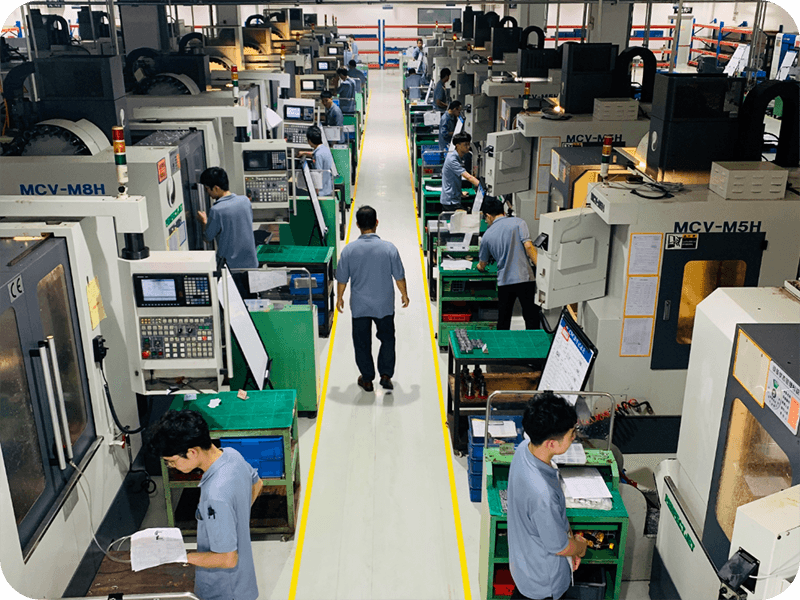In today's rapid development of the medical industry, the processing quality of medical parts is directly related to the performance of medical equipment and patient safety. Therefore, choosing a suitable medical parts processing factory is crucial. However, with so many processing plants on the market, how do we make a wise choice? This article will give you a detailed introduction to the key factors to consider when choosing a medical parts processing factory, helping you find the most suitable partner for you among the many choices. Let’s explore how to ensure the quality and safety of medical parts and provide better medical services to patients.
Content:
1. Processing accuracy for medical parts machining
2. Material selection for medical parts machining
3.Quality control for medical parts machining
4.Production efficiency for medical parts machining
5. Clean room and environment for medical parts machining
1. Processing accuracy for medical parts machining
The machining accuracy of medical parts is crucial because it is directly related to the performance of the equipment and the safety of patients. Therefore, medical parts processing factories need to have advanced processing equipment and technology to be able to manufacture high-precision parts, and the accuracy usually reaches the sub-micron level. This requires the processing plant to be able to control every detail of the processing process, including material selection, cutting, forming and assembly. The milling accuracy of medical parts can generally reach IT8-IT7, and the surface roughness is 6.3-1.6μm. In the process of rough milling, semi-finishing milling and fine milling, the requirements for machining accuracy and surface roughness will be different. For implant technology, due to its high requirements for high precision and repeatable positioning accuracy, the stability must also be strong without any deviation.

2. Material selection for medical parts machining
Medical parts processing plants need a deep understanding of the properties of different materials in order to select the materials most suitable for medical devices. These materials must comply with medical industry regulations and standards while ensuring they are compatible with other components of the medical device and do not cause material conflicts or cause allergic reactions. Materials that meet medical device standards must be used to ensure the biocompatibility and chemical stability of the product. According to the specific application and functional requirements of the equipment, mechanical performance indicators such as strength, hardness, toughness and wear resistance of the material are considered.
3.Quality control for medical parts machining
High-quality parts manufacturing requires an effective quality control system to ensure that each part meets specifications. This includes conducting quality inspections, testing and verification, and establishing a traceability system to track the production history of each part. If any quality issues arise, they must be recalled and repaired quickly.

4.Production efficiency for medical parts machining
Efficient production is essential to meet the needs of the medical device market. Medical parts processing factories need to optimize production processes and reduce manufacturing cycles to meet the rapid changes and urgent needs of the market. The processing of medical device parts requires efficient production, while also reducing costs and improving production efficiency. Processing enterprises should promptly adjust production plans and processes according to changes in market demand to meet new market demands.
5.Clean room and environment for medical parts machining
Some medical equipment comes in direct contact with the patient's body, so medical parts must be manufactured in an extremely clean and hygienic environment. Processing plants need to establish strict, standard cleaning procedures to prevent contamination and cross-contamination. This includes the use of clean room technology to ensure production processes are free of dust and microbial contamination. Enterprises should take appropriate measures to clean the spare parts, materials or products that enter the clean room (area) based on product quality requirements and main pollution conditions during the production process. The final cleaning treatment should be carried out in a clean room (area) of the corresponding level, and the processing medium used should be able to meet the quality requirements of the product.

GPM’s Machining Capabilities:
GPM has 20 years experience in CNC machining of different kinds of precision parts. We have worked with customers in many industries, including semiconductor, medical equipment, etc., and are committed to providing customers with high-quality, precise machining services. We adopt a strict quality management system to ensure that every part meets customer expectations and standards.
Post time: Dec-18-2023
